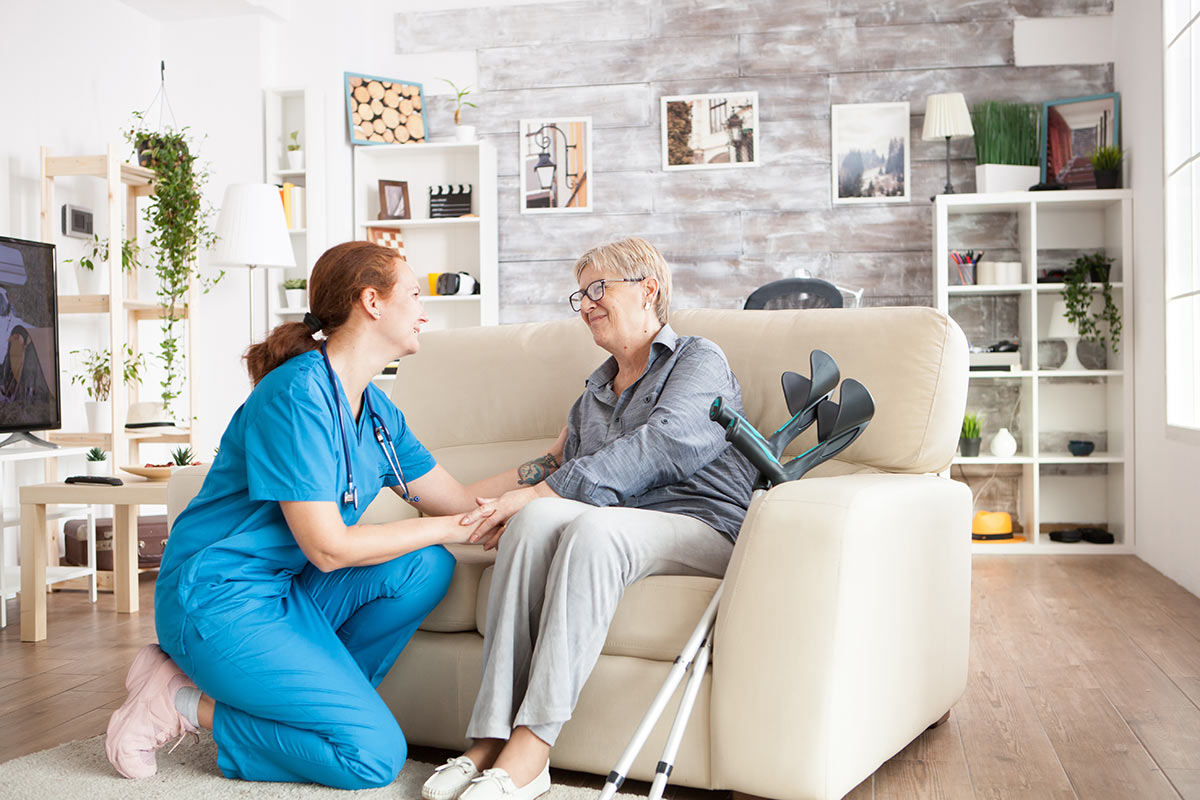Study Reveals Urgent Need for Post-ER Follow-Up to Prevent Falls in Seniors

Study Reveals Urgent Need for Post-ER Follow-Up to Prevent Falls in Seniors
A recent study has revealed a critical gap in care for American seniors who experience falls, with 4 out of 10 not receiving any follow-up care after suffering head trauma and being treated in the emergency room (ER). Dr. Richard Shih, the senior author of the study and a professor at Florida Atlantic University, emphasizes the lack of post-discharge guidance, noting that even when follow-up appointments occur, assessments for fall risks and preventative interventions are frequently absent.
The study, which monitored over 1,500 seniors who were treated for head injuries at two Florida hospitals, found that only 59 percent saw a healthcare provider after ER discharge. However, of those who did have a follow-up, 28 percent reported no fall-risk assessment, and 44 percent did not receive any fall-prevention interventions. These findings highlight the need for improved follow-up care, as falls are a significant concern for older Americans, leading to 8 million ER visits, 800,000 hospitalizations, and over 27,000 deaths annually.
Preventative care post-discharge is crucial in preventing subsequent falls. The study team reached out to patients two weeks after discharge to inquire about their follow-up care. They asked if the patients had seen their primary care physician and, if so, whether the physician assessed their fall risk or provided guidance on preventing future falls. The responses indicated a substantial need for better post-fall care strategies.
The Importance of physical therapy
Physical therapy is often recommended as a part of a fall prevention strategy when it is advocated by a primary care physician. Patients referred to physical therapy are more likely to implement interventions and home safety modifications that can significantly reduce the chances of recurring falls, as well as subsequent hospitalizations and fatalities.
Dr. Shih strongly recommends that fall-risk assessment and patient education should be performed either in the ER or by the primary care physician. The follow-up should include a thorough fall-risk assessment and the initiation of appropriate interventions to prevent future falls and related injuries.
This study underscores the necessity of systematic follow-up care for the elderly post-ER discharge to ensure they receive the support and interventions necessary to prevent further falls. It calls for healthcare providers to prioritize post-discharge care and to integrate fall prevention strategies into the standard care routine for elderly patients who have experienced falls.
Source:
Richard D. Shih MD a b, Joshua J. Solano MD a b c, Gabriella Engstrom PhD, RN a, et al.
